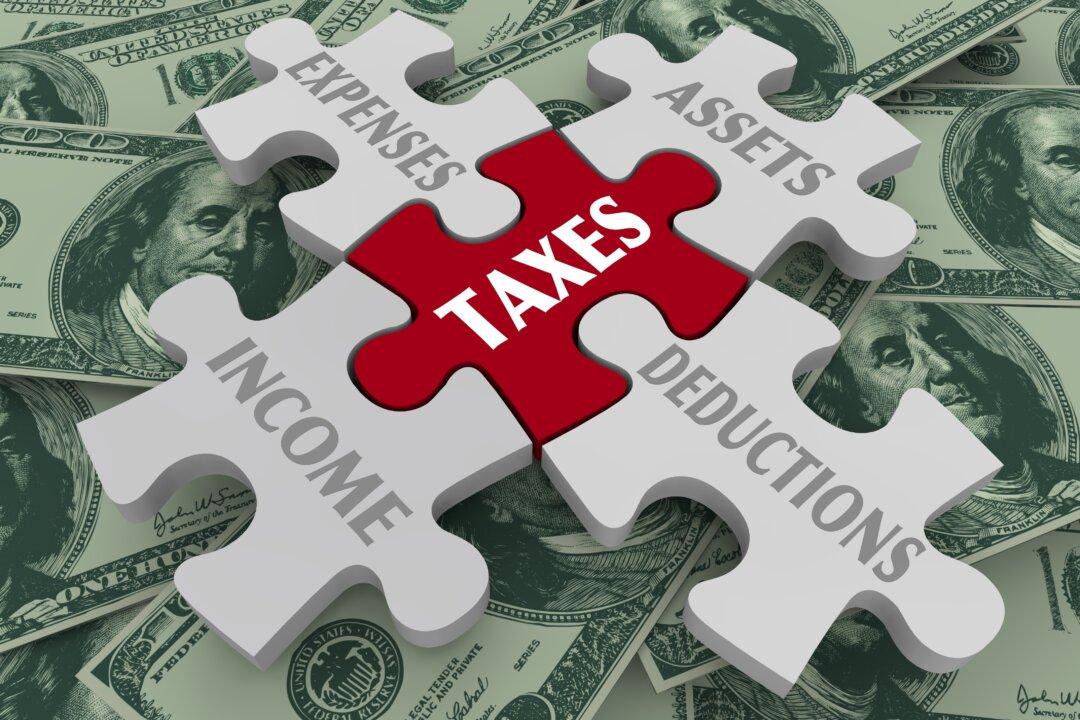The 2019 Setting Every Community Up for Retirement (SECURE) Act was expanded in December 2022. The SECURE Act 2.0 included new ways that employers and the government could help Americans save for retirement.
But in helping, SECURE 2.0 left many pre-retirees and retirees scratching their heads. There was confusion regarding required minimum distributions (RMDs) and catch-up contributions. What does it all mean and how do you plan for retirement under SECURE Act 2.0.
SECURE Act 2.0 Made Some Retirement Improvements
The SECURE Act 2.0 makes many improvements to saving for retirement. Seven ways the SECURE Act 2.0 affects retirement include:- automatic 401(k) enrollment
- change in retirement minimum distributions (RMDs)
- catch-up contributions
- education saving and loan debt
- savers tax credit
- hardship withdrawals
- emergency savings






